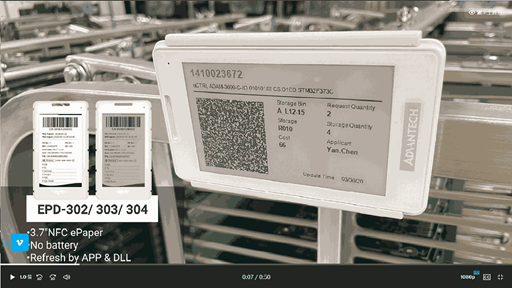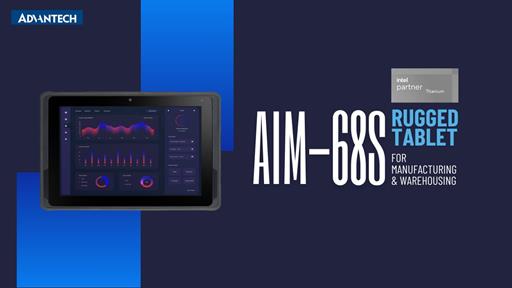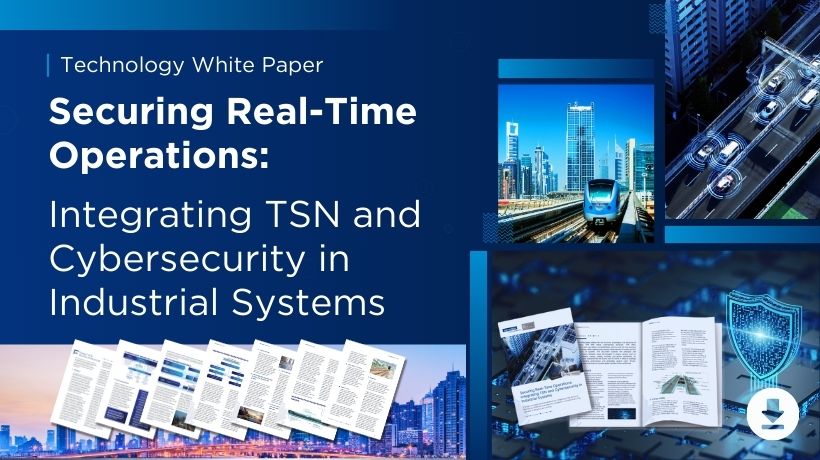-
Productos
Placas Integradas & Servicios Design-in
- Application Focus Embedded Solutions
- Box PCs Integradas y Sin Ventilador
- Computadoras en Módulos
- Embedded IoT Solutions
- Embedded PCs
- Industrial Wireless Solutions
- Módulos Integrados
- Placas Base de Uso Industrial
- Plataformas Informáticas RISC
- Señalización Digital
- Single Board Computers & MI/O Extension
- Software Integrado
- Soluciones de Visualización para Uso Industrial
- Soluciones para Plataformas de Juego
- Wireless ePaper Display Solutions
Applied Computing (Design & Manufacturing Service)
Automatización Industrial
- Adquisición de Datos (DAQ) y Control
- Automatización de Computadores Embebidos
- Automatización de Máquinas
- Controladores de Automatización
- Gateways & Remote Terminal Units (RTUs)
- Interfaces hombre-máquina
- Módulos de E/S remotas
- Panel PCs
- Potencia y Energía
- Solución de Clase I, División 2
- Soluciones Certificado
- WebAccess+ Solutions
- Wireless I/O & Sensors
Intelligent Connectivity
Sistemas Inteligentes
- Box IPC
- Chasis para Computadoras de Uso Industrial
- Dispositivos Periféricos para Computadoras de Uso Industrial
- Modular IPC
- Placas Base de Uso Industrial
- Plataformas CompactPCI
- Plataformas Inteligentes de Vídeo
- Sistemas Inteligentes de Transporte
Networks & Communications
- Industrial, Telecom and Cloud Servers
- Network Interface & Acceleration Cards
- Network Security Appliances
- SD-WAN & uCPE Platforms
- WISE-STACK Private Cloud
Plataformas de Procesamiento DSP
Informática Médica
- Carros de Enfermería Computarizados
- Computadoras Médicas
- Pantallas Médicas
- Sistemas Inteligentes de Energía
- Terminales de Info-Entretenimiento para Cuidado de Salud
Logística Digital
- Computación Móvil de Uso Industrial
- Computadoras Portátiles
- Environmental Sensing & Cold Chain Solutions
Retail Inteligente & Hospitalidad
- iCity Service & iRetail Solution
- POS & Tablets
- Señal Digital Interactivo
- Terminales de Punto de Servicio
Industrial Mounting (Stands/Arms/Workstations)
-
Soluciones
Soluciones
- Servicios
-
Socios
Business Alliance Partner
- Soporte
- Corporativo
- Contactarnos
Visit the Advantech Global website, or choose your country or region below.
Africa & Middle East
Registro de MyAdvantech
MyAdvantech es un portal personalizado para clientes de Advantech. Al registrarse como un miembro de Advantech, puede recibir las últimas noticias sobre productos, webinar y ofertas especiales en eStore.
Inscríbase hoy para obtener acceso rápido a la información de su cuenta.
Recursos
In the Resources section, you can catch up on information about industrial news, insights, and the latest technology from Advantech's point of view.
-
Porfavor, no seleccione más de 7 criterios de filtro
No matches found with your selected filters.
Please try again by resetting and choose other criteria.
¿Como podemos ayudarte?
Acerca de Advantech
Recursos
Soluciones
- Soluciones Embebidas y servicio de rediseño
- Energía y Servicios
- iFactory - Fábricas inteligentes
- iHealthcare
- iLogistics
- Industrial and Telecom Servers
- Fabricación de Equipos Industriales
- Sistemas de transporte inteligente
- Servicios y soluciones de inteligencia de borde de IoT
- iRetail
- Soluciones de vídeo
- Design & Manufacturing Services
¡Podemos apoyarte!
¿Has tenido algún problema o duda? Cuéntamos y buscaremos la forma de ayudarte.
- © 1983-2024 Advantech Co., Ltd.
- Mapa web
- Política de privacidad
- Do Not Sell My Personal Information










